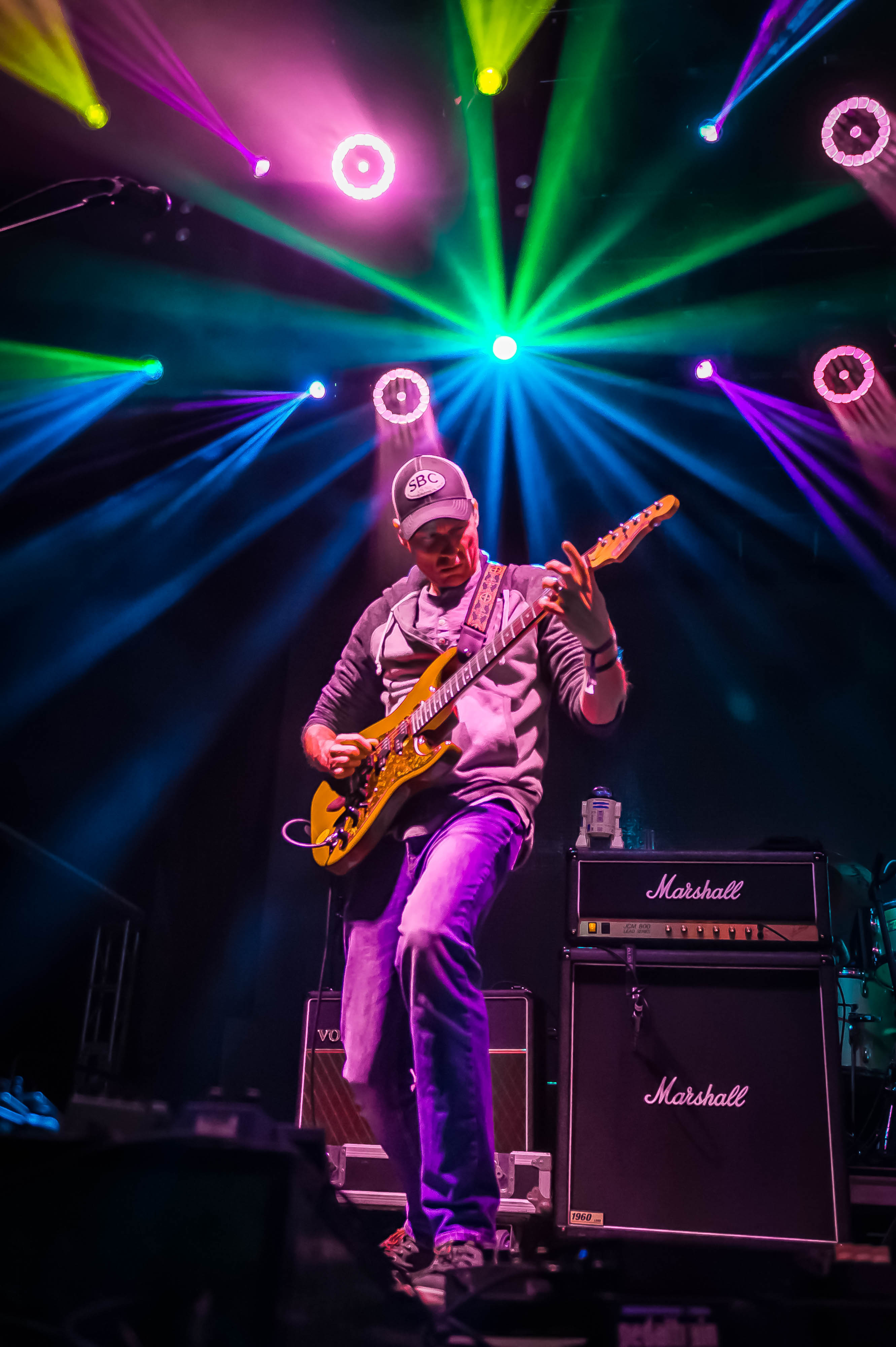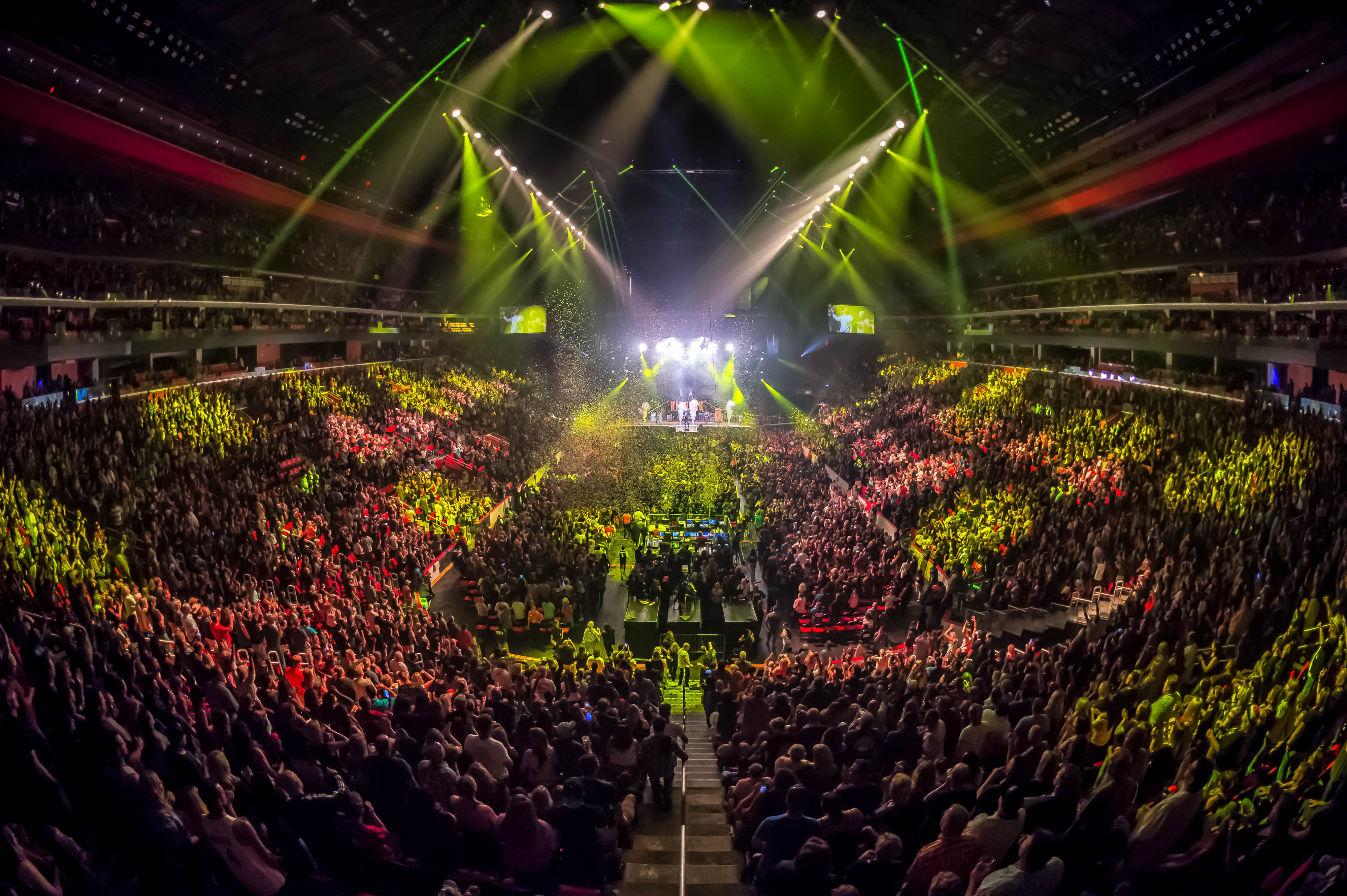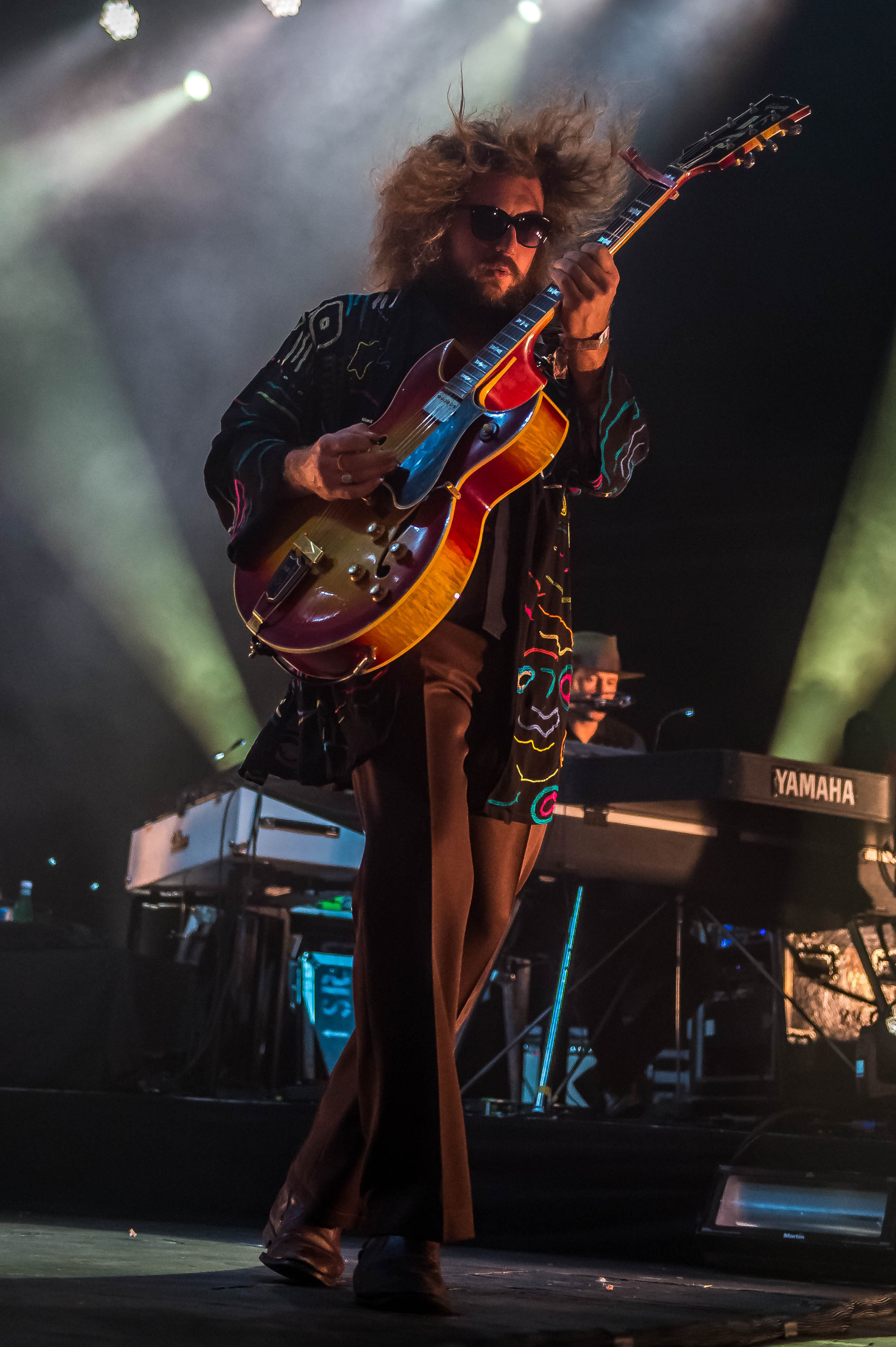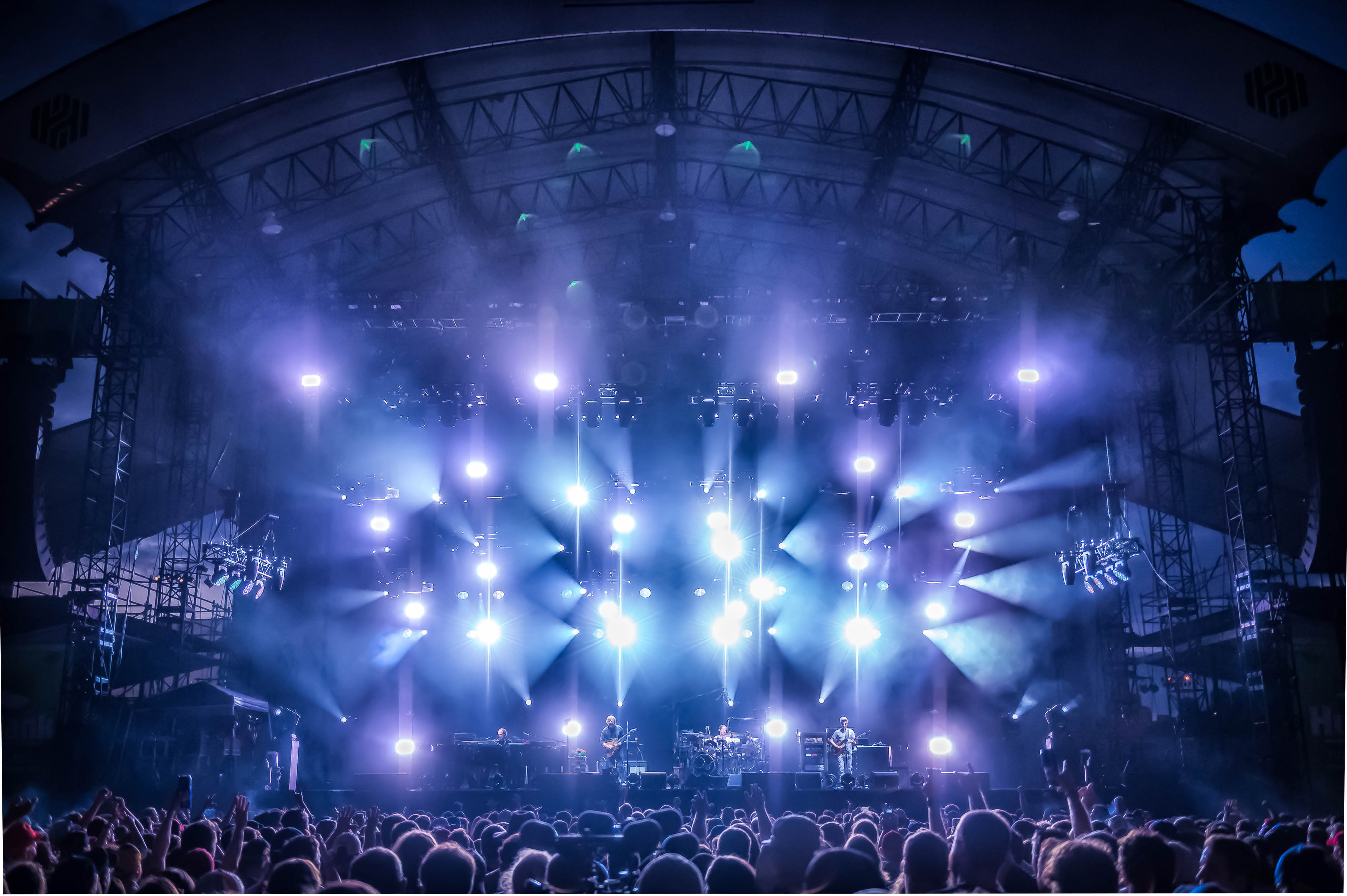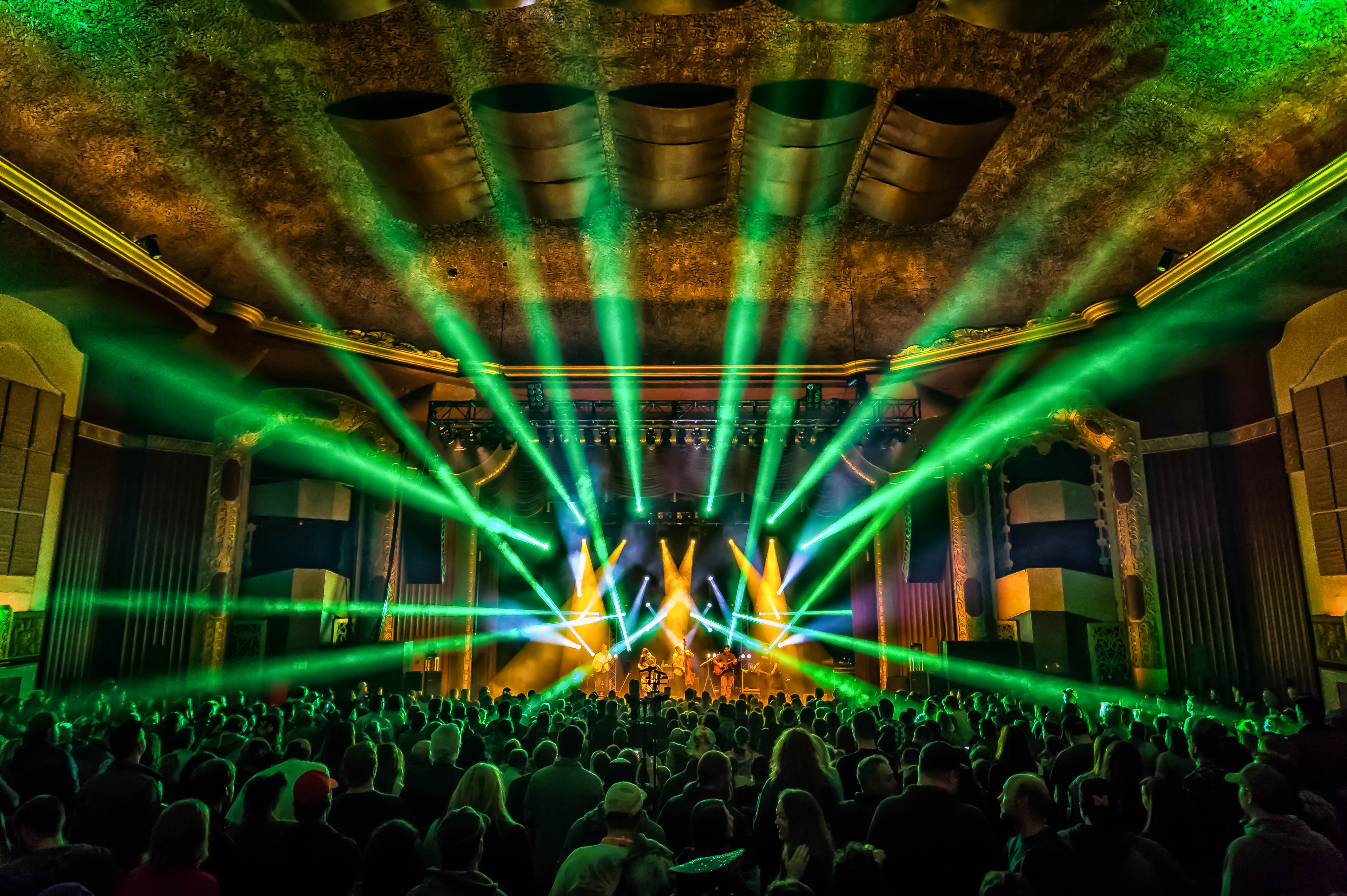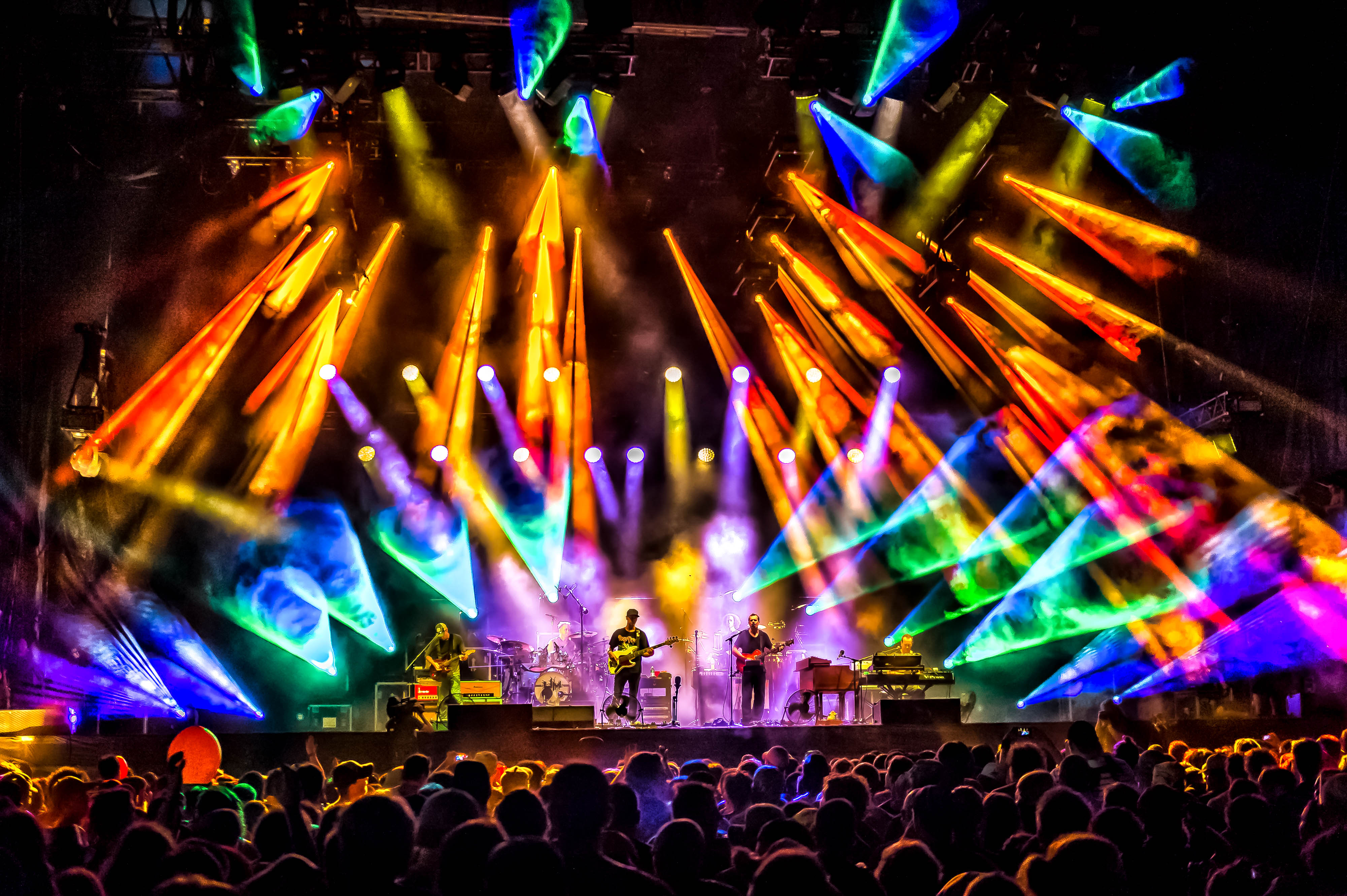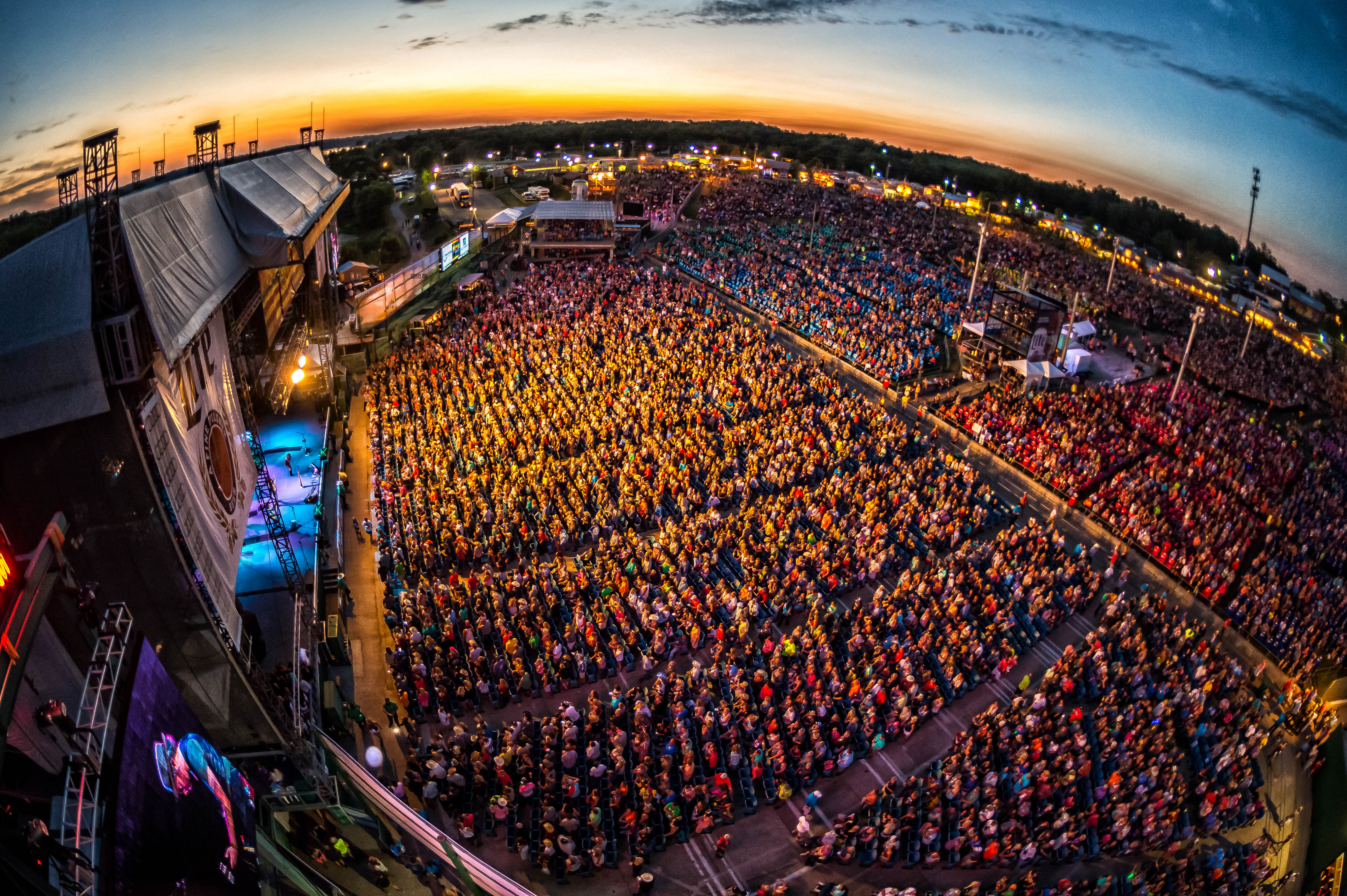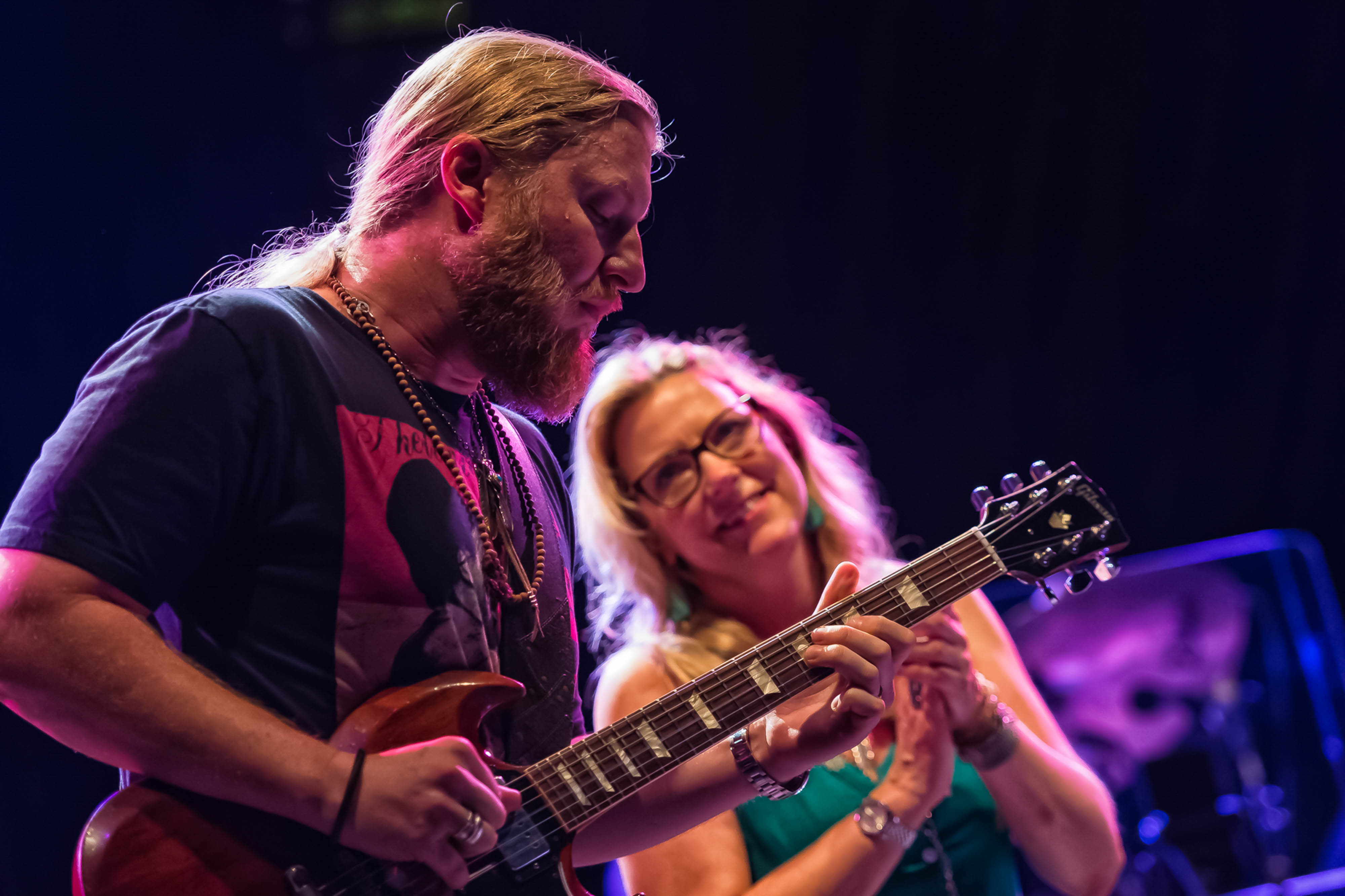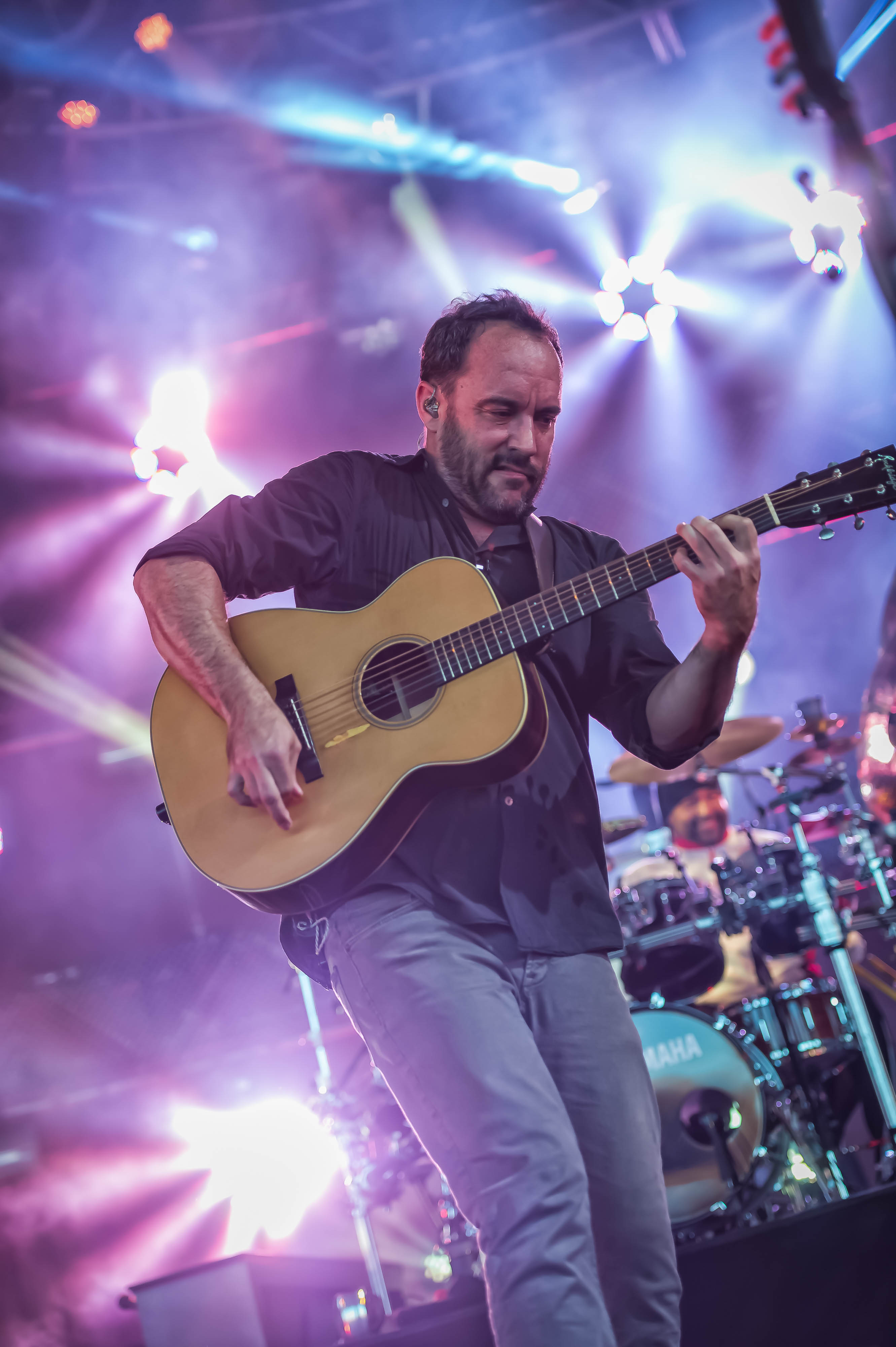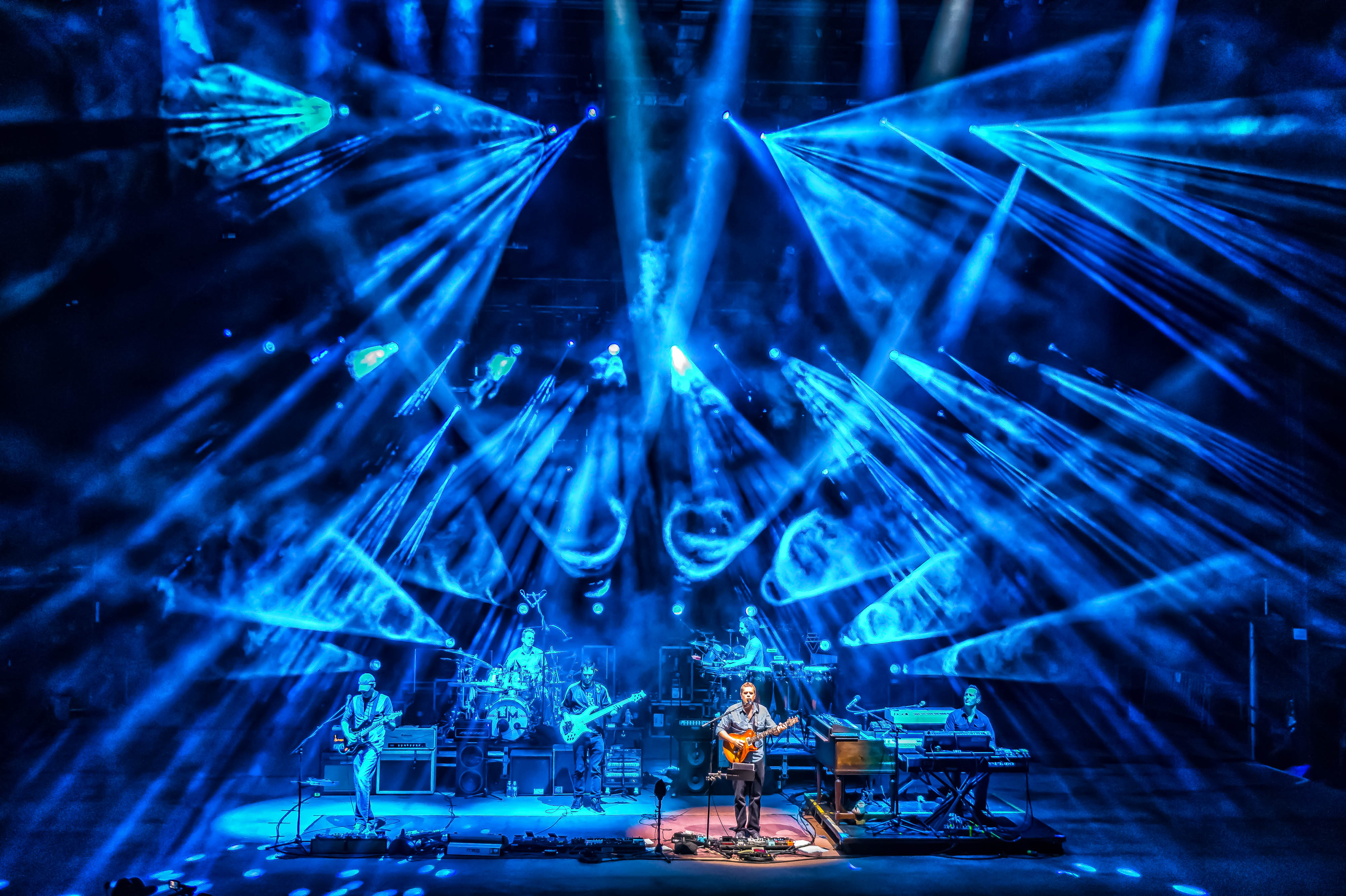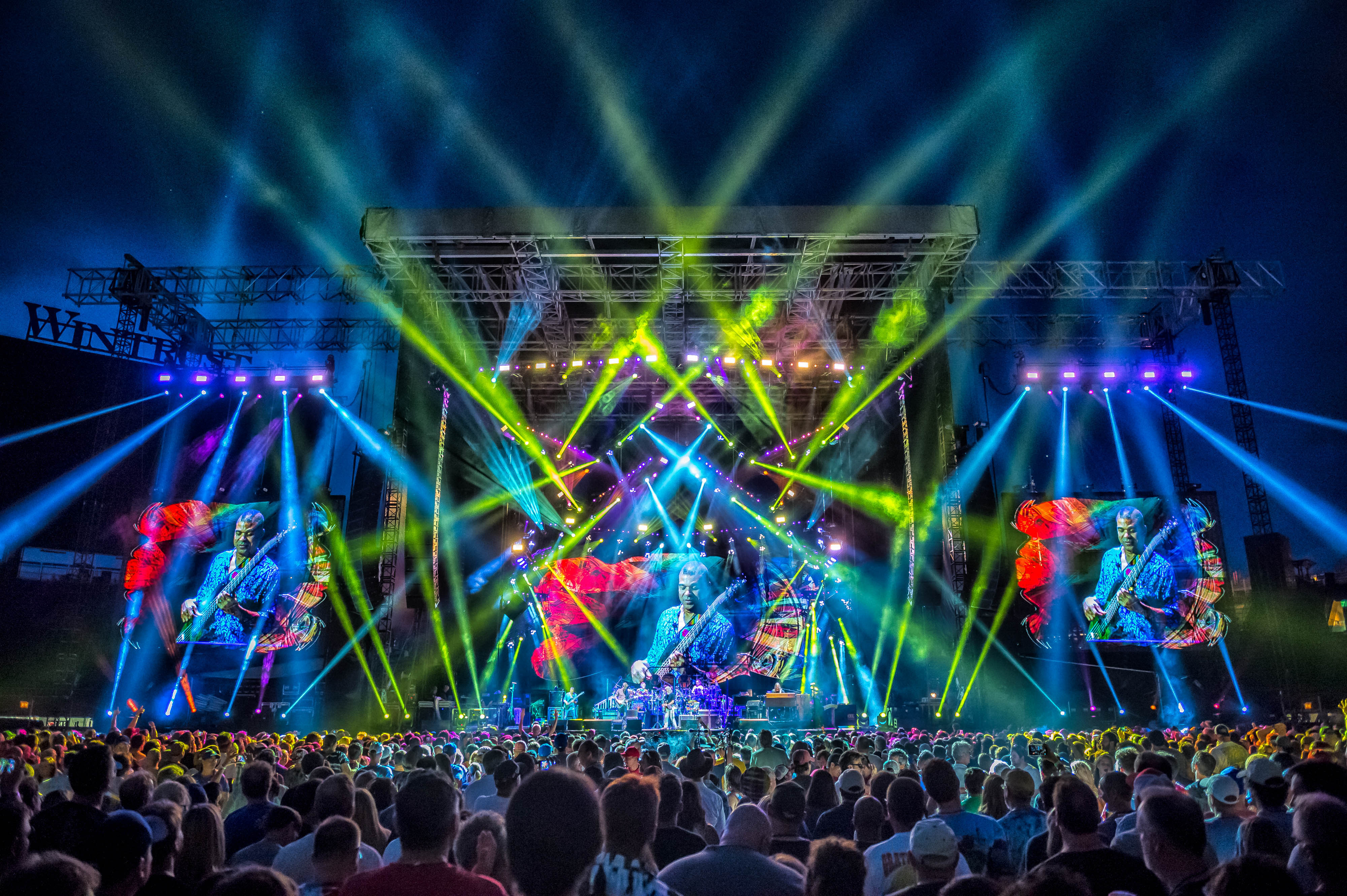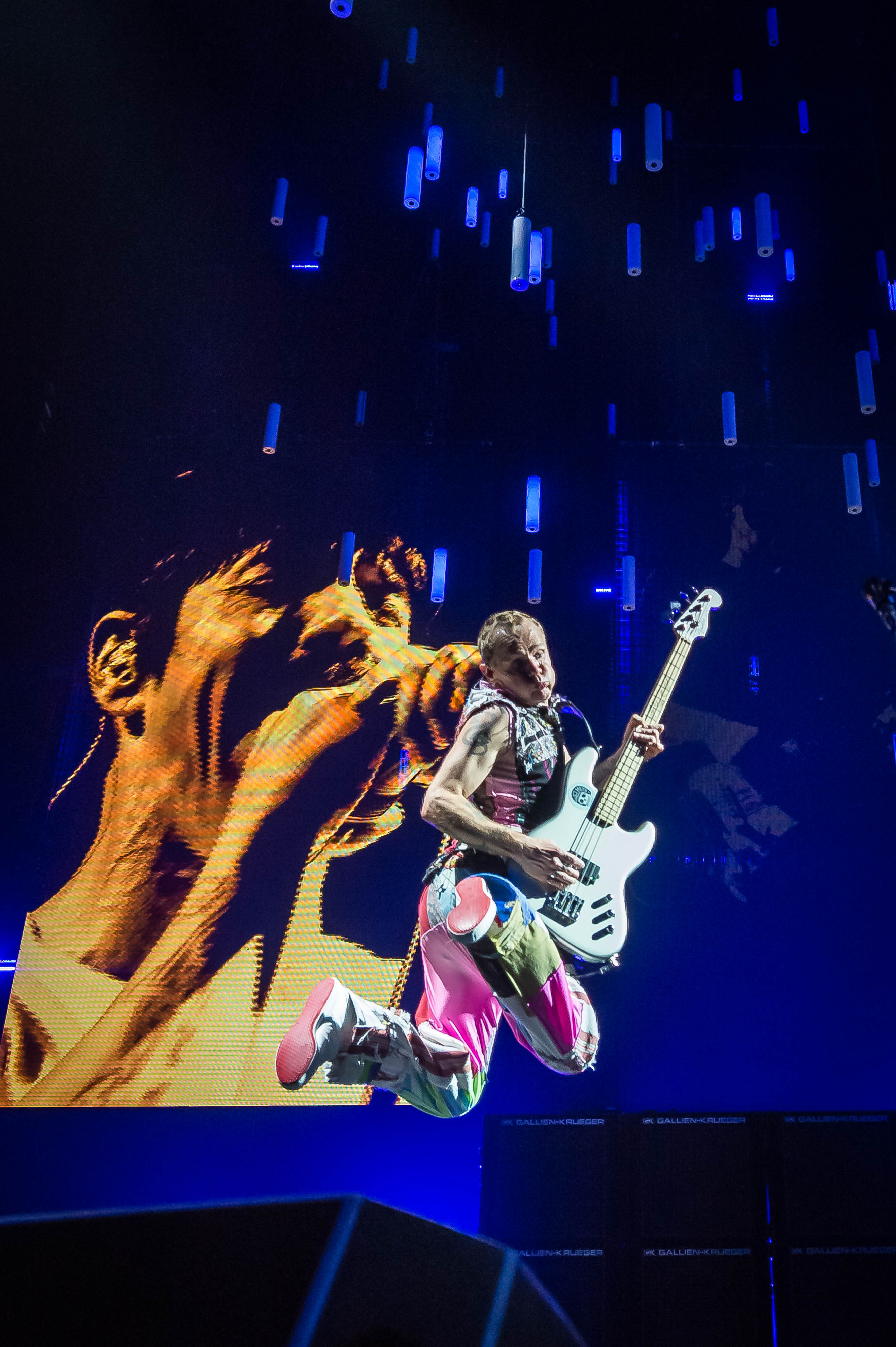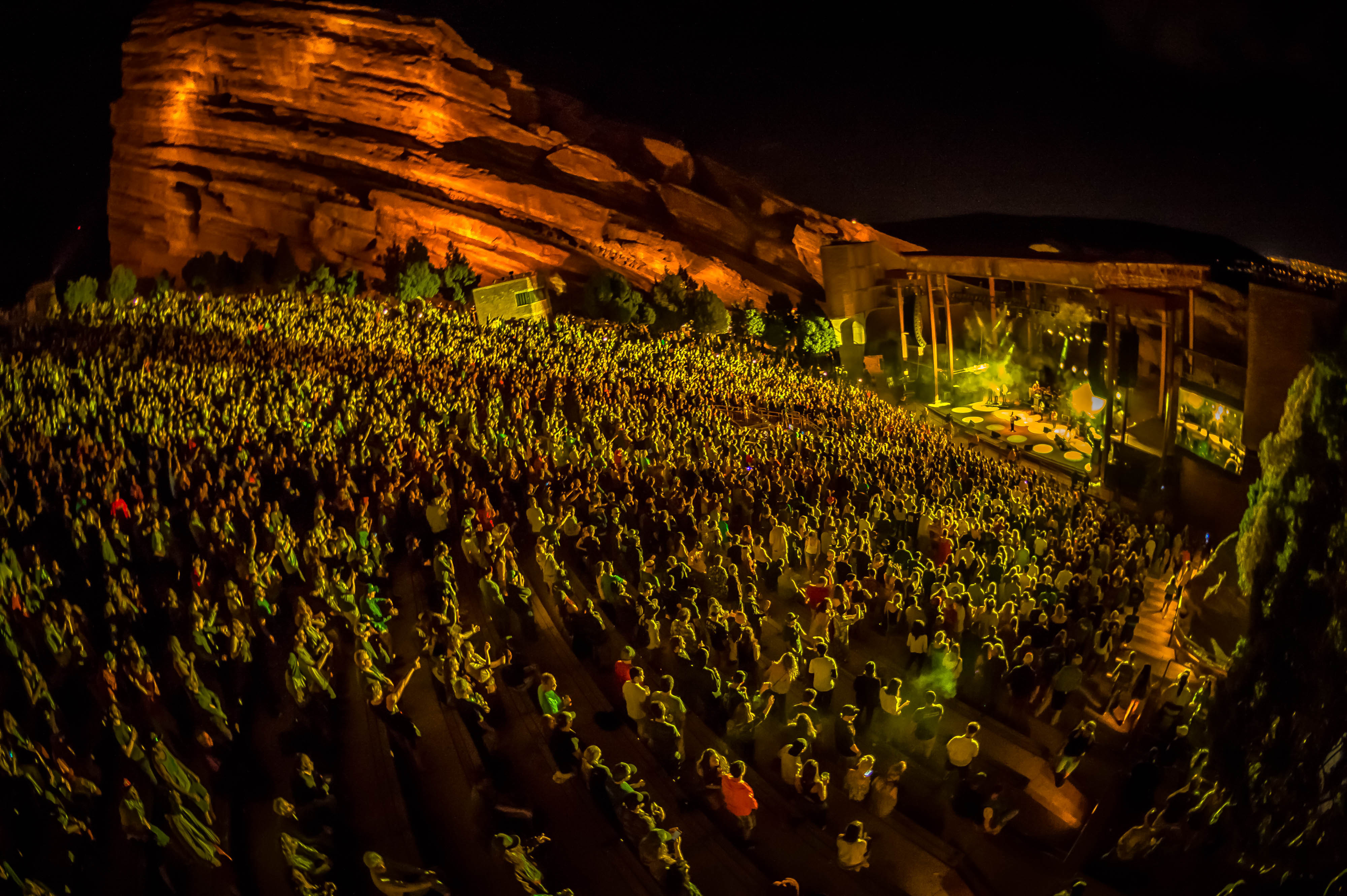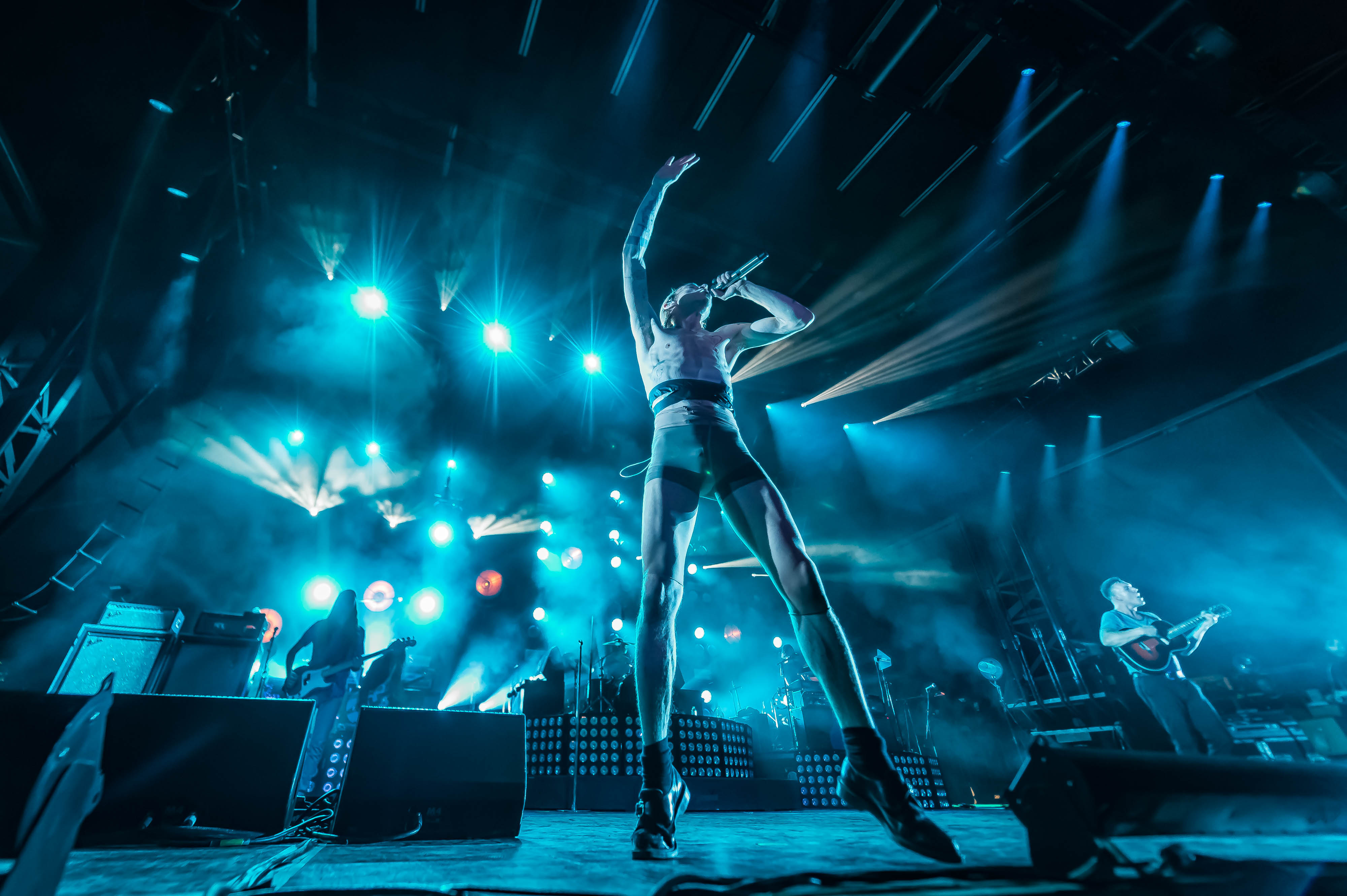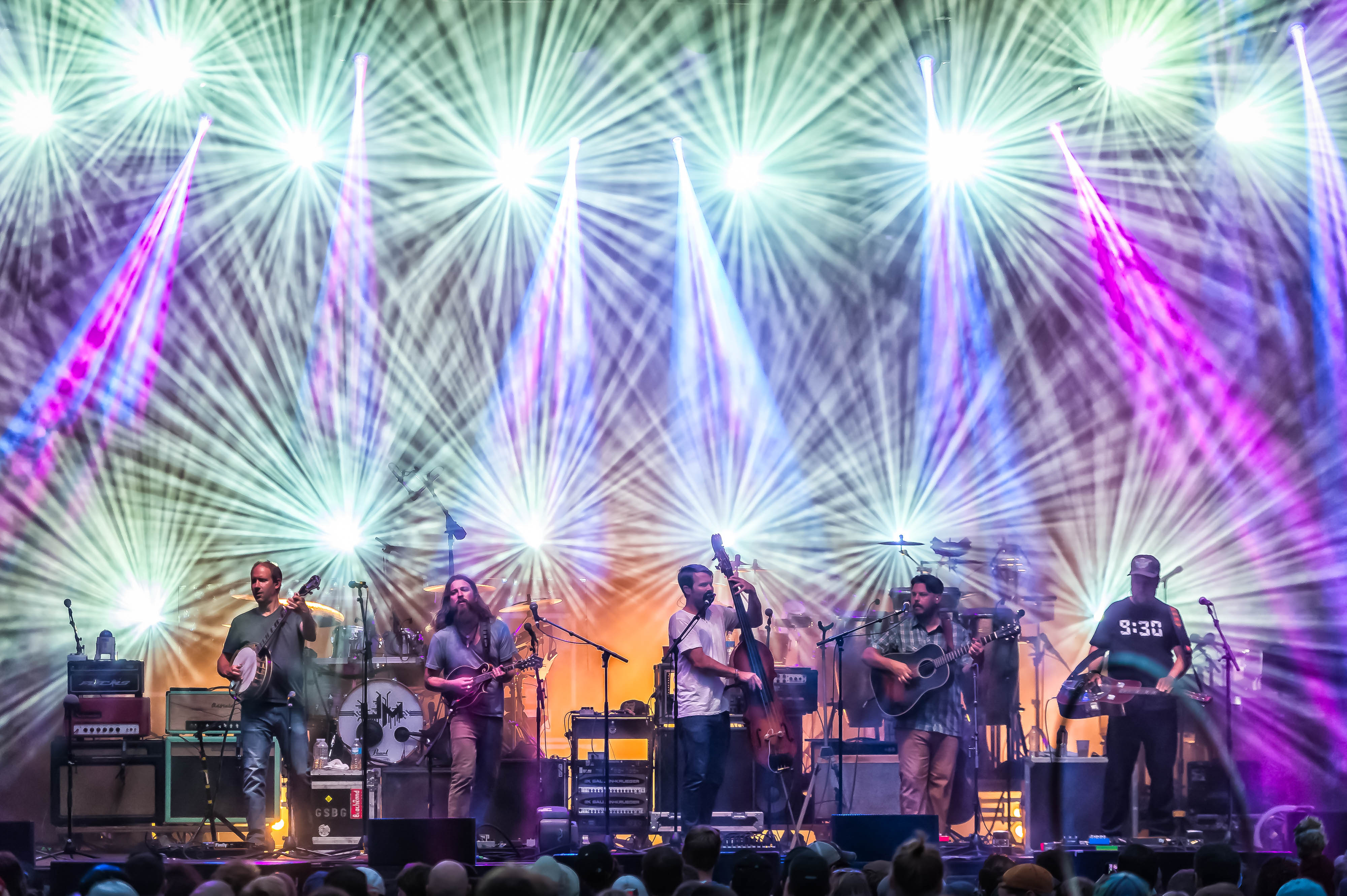
When you’re on the outside of an industry trying to press your way in, it’s daunting. You’re stuck in the classic conundrum of needing to know someone on the inside, but not getting to meet anyone until you’re past the gatekeepers. It’s that sort of catch-22 that leads so many dreamers to quit before they even get started. They stand frozen, overwhelmed by the enormity of the task ahead.
This is especially true in freelance creative endeavors like photography — which lack a clearly defined structure to adopt. Finding a way into the concert photography scene isn’t easy and there are plenty of photogrpahers who would say, “I came up the hard way, so everyone else needs to do it that way, too.” But not Keith Griner. A multi-talented force, based in the Midwest, Griner can be seen photographing and getting video for corporate clients as often as he is for large-scale festivals and concerts.
Yet the reknowned artist still found time to talk with us about gear, networking, and the top tip he wishes someone would have given him when he was starting out. He also opened up about sobriety and divorce — revealing the sort of vulnerability that all the best photographers seem to share.
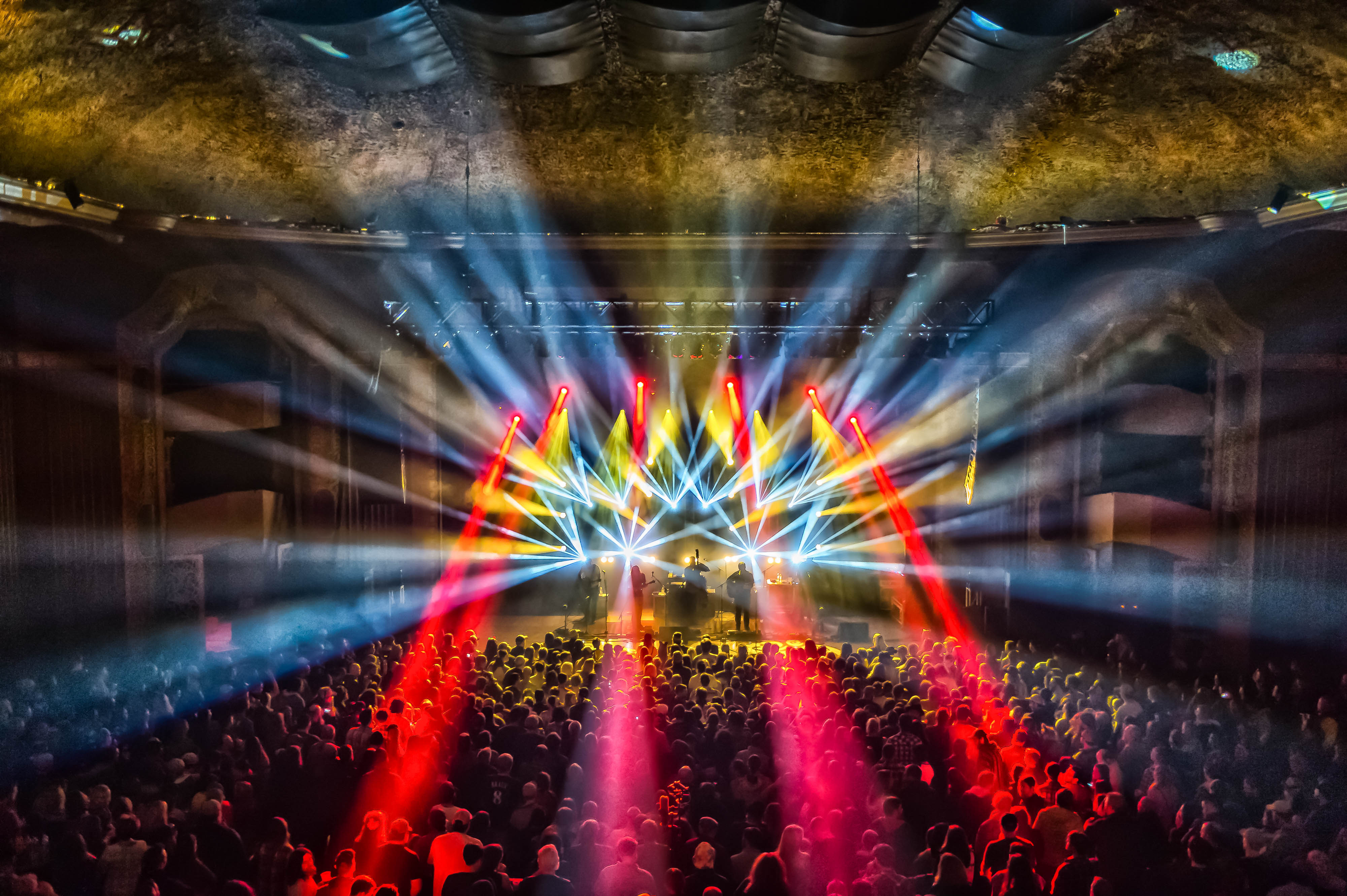
How did you get into photography?
I’m from Indiana. And I was born and raised in Columbus, Indiana. I went to a private Lutheran school growing up. And did normal school-age things like play baseball, football, basketball. I had a fairly normal life. I hear a lot of people talk about photography and they say “I’ve always loved to take pictures. And, it’s always been a passion of mine.” I don’t have that story. I never owned any cameras. I didn’t have anyone in my family that was a photographer that I looked up to or anything like that. I had a series of life events that sowed the seeds that led to me discover a passion.
An important part of my story that I’m always very vocal about is that I’ve been in recovery since 2007. That’s a big part of my life. It’s led to me living life differently, reacting to life differently, processing life differently. And, in 2011, I went through a divorce. I had this typical life with my wife and her son that I raised for five years and that was removed. I always like to try to deal with life in a positive manner and look for any way to process and deal with life’s occurrences in positive ways or with positive perspectives.
In November of 2011, I bought a point shoot camera for no particular reason. I was just trying to have something to take with me on vacation. That year for New Year’s I ended up going to a show in St. Louis, and I took my point and shoot camera. I had an absolute blast. I had so much fun taking pictures from the crowd. With the divorce being really, really new, I was looking for something to fill that void in my life and thought to myself that photography could really do that. I decided I was going to buy an SLR as soon as I could afford one and learn how to take pictures. In February of 2012, I bought my first camera. And, that’s where my passion for photography all began.
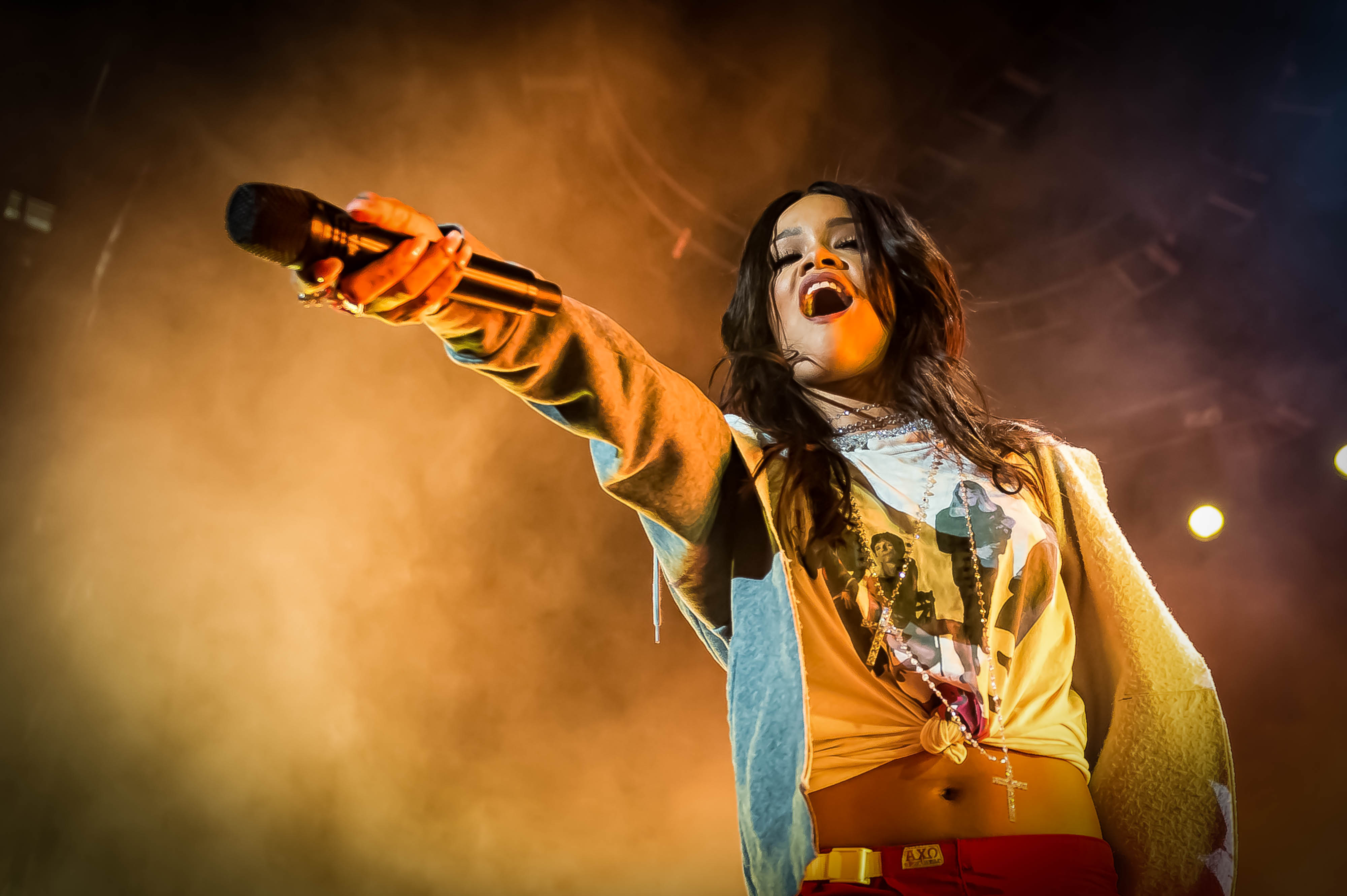
You shoot a variety of things like corporate events and commercial stuff and landscapes. Those all seem like they wouldn’t necessarily be a problem with the sobriety, but the festivals and live music, is that hard?
That’s an interesting question. Had I started doing that in my first or maybe my second year of sobriety, it might have been more difficult. I have such a great foundation in my recovery that once I decided that I wanted that in my life, that I wanted to get clean and sober, I did everything and anything I could to just immerse myself in recovery.
That being said, I also have learned that there is a great recovery support system, particularly in the jam band scene. A lot of jam bands have their own recovery groups that aren’t associated with AA or NA but are for sober music fans who want to go to concerts and festivals and enjoy them without the use of any mood or mind-altering substances. When you go to one of those concerts, a lot of times with those particular bands, there will be a table set up inside the venue with others that share that same interest. At set break, they’ll have a recovery meeting by their table. There’s an amazing community of recovery within the jam band scene.
Now that I’ve got a few years working in the music industry, I’ve come to know and have become good friends with a lot of people that work in the industry, whether on production or management or promotion or performance, that are in recovery as well. It’s a strong bond that people have that leads to friendships and an incredible support system.
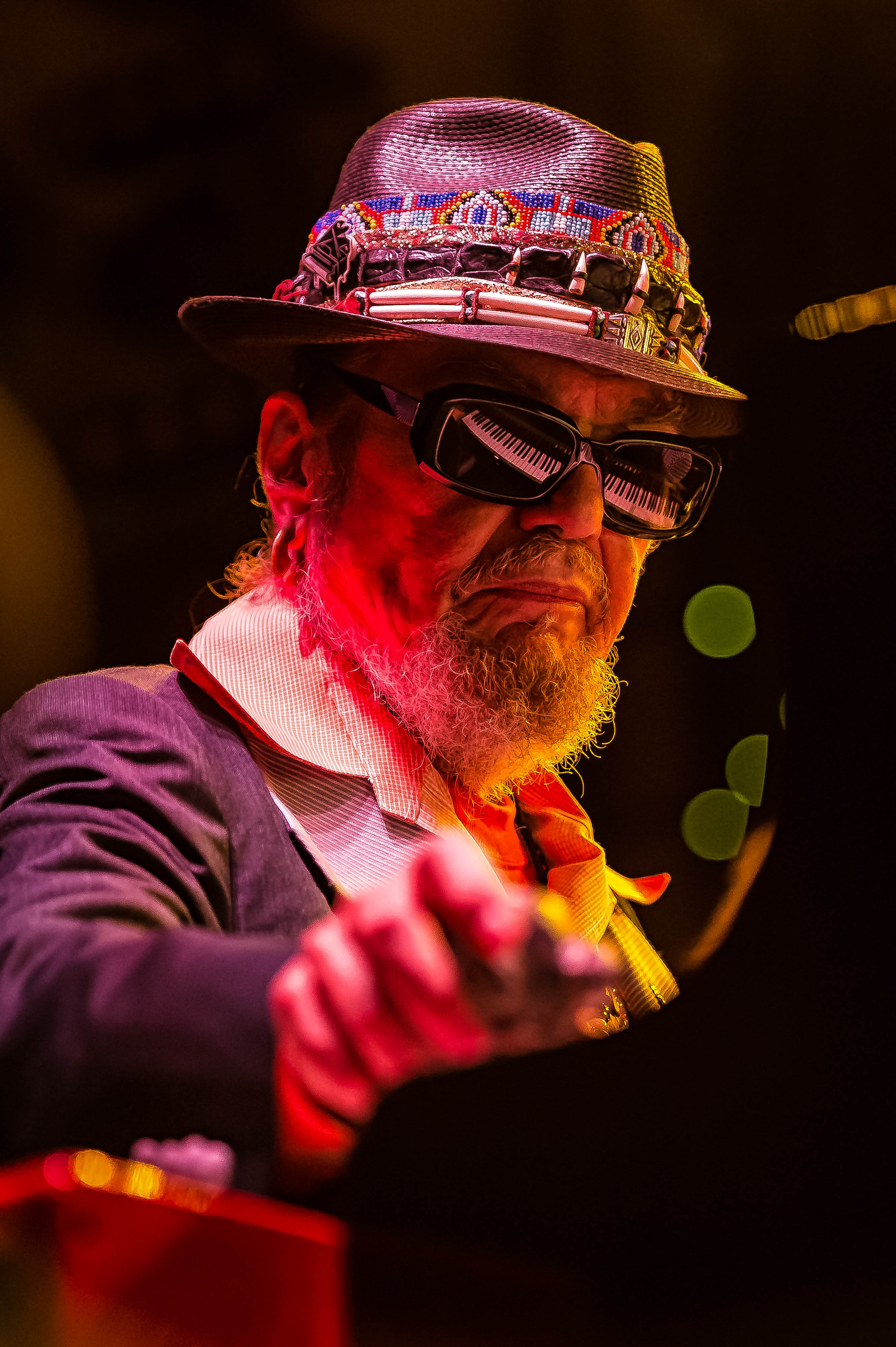
What makes you want to keep photographing festivals and music events?
You brought up how I do so many other things. I do photography full time. So, this is what I do for a living. I have a semi-successful business in the Midwest doing corporate events and corporate work, whether it be a marketing shoot or architectural. And I do music photography professionally, but it’s still a big part of the passion of photography. I love music. Music has always been such an important part of my life. My parents raised me on Hendrix, Zeppelin, the Beatles, Doobie Brothers, Allman Brothers, and Clapton. My parents raised me with such great music that it just led to a continuation of my passion for music.
Music photography is where I started. It was the primary thing I shot in the beginning. It’s where I learned how to use a camera. It’s where I learned how to expose a shot and all of these other things within photography, which I find kind of interesting because most would tell you that shooting at concerts is so much more difficult than a lot of other types of photography. The conditions are always changing. The lighting is always changing, sometimes every second. And you’re sitting there and most of the time you’re reading that visually with your eyes. You’re making adjustments on the fly based on what you see. When you learn that way and then go to do other photography, it’s like, “Oh, wow. This isn’t as difficult as the other stuff that I’ve always done.”
When it comes to landscapes and cityscapes, that’s been a new kind of a creative release for me the last two years, something that I just enjoy so incredibly. Those are things that I want to continue to do just for fun and for that creative release and for that passion.
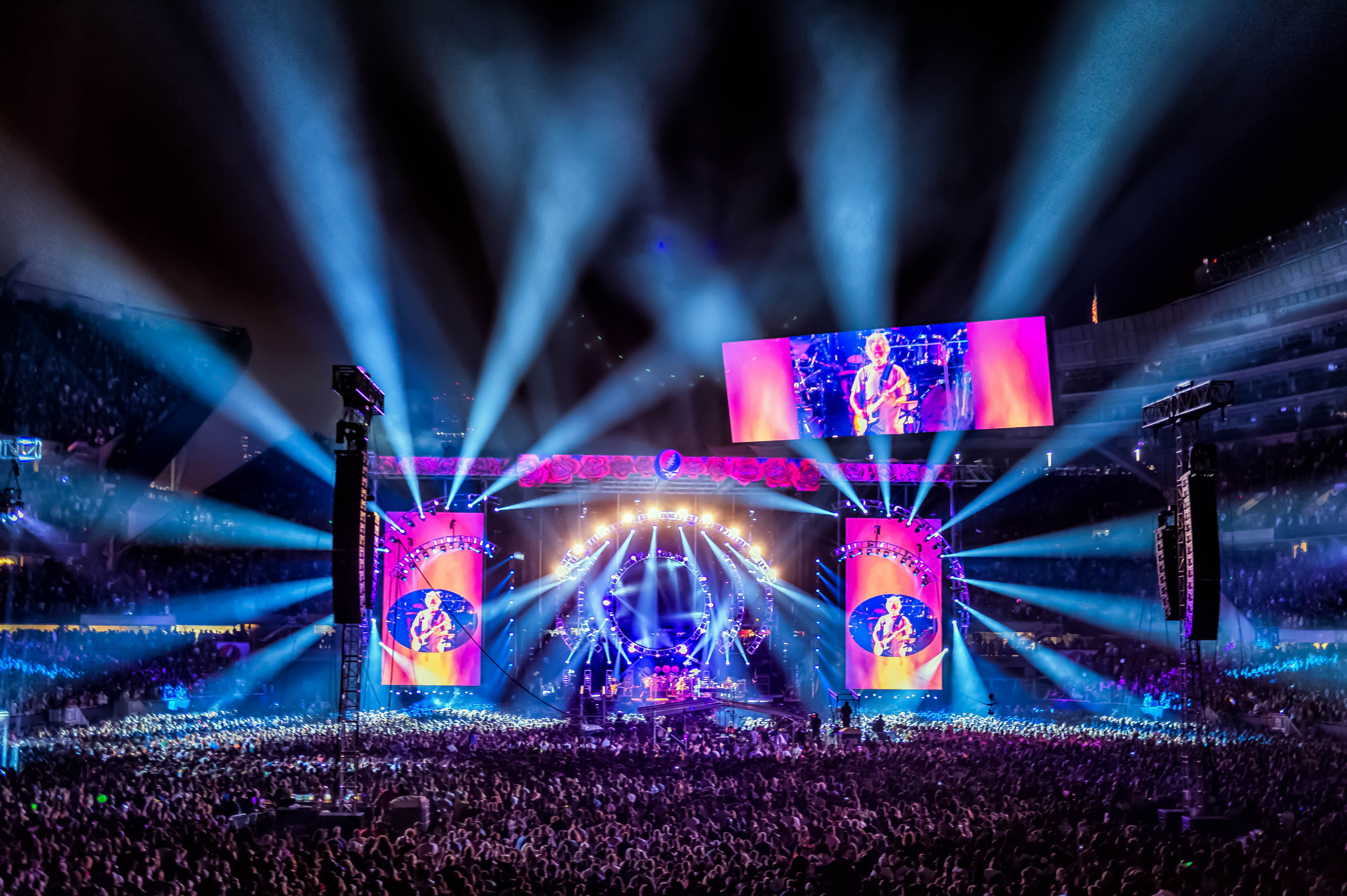
When you’re at like a festival or a music event taking photographs, what are you looking for? Like what are you trying to capture?
No matter what shoot I’m on, whether it’s music or corporate, the biggest thing on my mind is always “What is gonna be marketable content?”; 99% of the time when I’m at a festival, I’m working for the festival. I’m looking for what do my clients, the festival, need. What do they want? What are they going to use for marketing? And of course, they want great shots of the band. Of course, they want great crowd shots and such. But they also need great photos of the attendees. And they need other areas of the festival. Campgrounds. All of those different things. So how can you capture that in the most marketable way? How can you do these type of shots and be creative and exceed each one of your clients, the festivals, expectation in those areas?
My big focus this year has been the shots of the fans. The portraits. The candids. I’ve totally geeked out on getting new glass this year and buying a bunch of portrait lenses that are just phenomenal pieces of glass in order to go out and capture those great fan photos. I hope that the festivals I’ve been working for and the people that watch my work, I hope they’ve seen that improvement and that passion of me going out to capture those types of things. I’ve really enjoyed doing those kinds of things more in the last year.
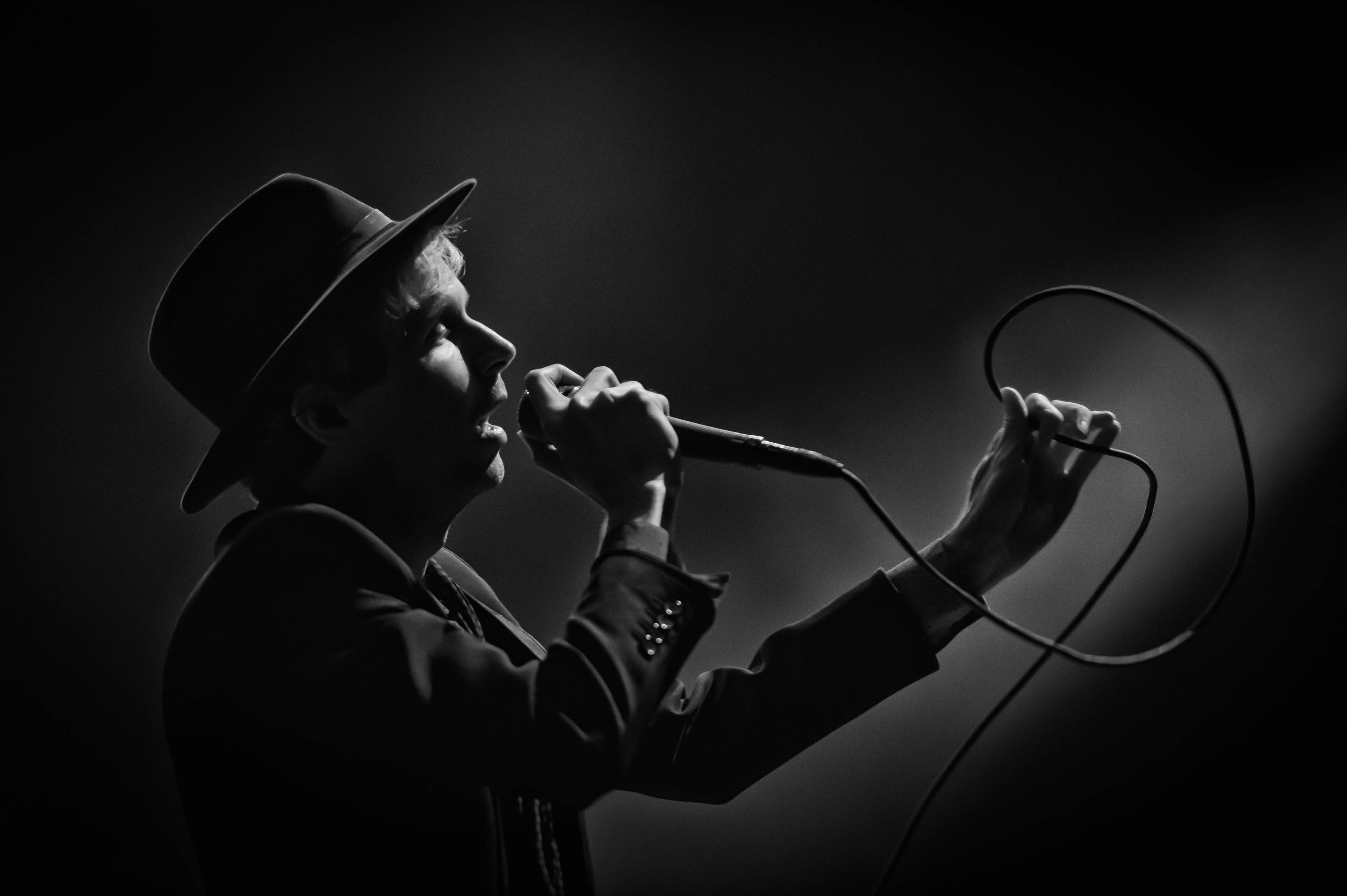
Those are my favorite actually, for me, when I look at festival photographs, are the candids and the portraits.
Yeah. I bought three lenses this year. First, I bought a Nikon 130 millimeter. It’s a longer lens for portraits. Then, I ended up getting another. And then I couldn’t stop there; I went out and bought a 105 millimeter for the portraits. I use the 105 more than I do the 130 now, but they’re all great portrait lenses. They take such beautiful shots.
Are you hauling all that gear around while you’re running around in the middle of a festival?
Yeah, most of the time. I’ll usually have one portrait lens on me. And then, I’ll have my four go-to lenses for music photography. I’ll have my 16-millimeter fisheye, then my 12-24 millimeter wide-angle lens, my 24-70 millimeter, which is kind of my workhorse. I end up using that lens probably more than any other lens. And, then there’s my 70-200.
So those are my four go-to lenses when I’m shooting any event really, not just music.
I’m picturing you dashing around everywhere laden with these giant bags full of lenses.
I wear a belt, so I’ve got the belt system that goes around my waist. It makes the lenses very accessible and also distributes the weight on my shoulders and my waist. Once I tried one of those systems out, there was no going back to carrying a bag or anything else.
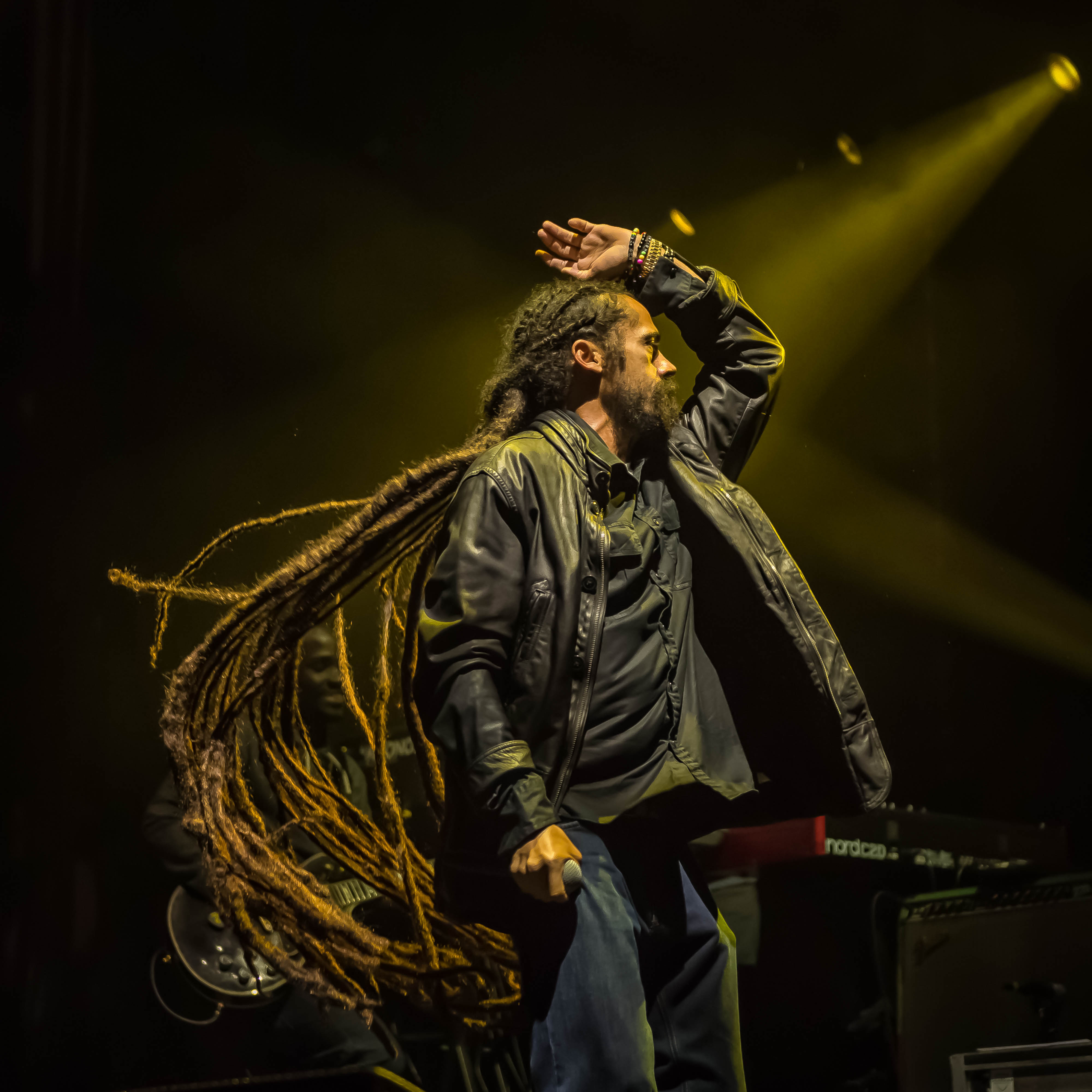
Is that what you would suggest if people were aspiring photographers, festival photographers, that they get a belt?
I think it’s much easier on your body to carry it that way. It depends on what you’re comfortable with. And there’s a handful of different kinds of systems as well. I use the Think Tank system and it’s been my go-to product.
What do you recommend to people who are interested in what you’re doing? Anything that you could tell people that you wish someone had told you?
Networking is huge. And it’s huge in any business whether it’s corporate or you’re trying to work in the music industry. So much of what anyone does in business is relationship based, and my relationships are one of the most important things. I believe that relationships are a two-way street. Sometimes you do something for that other person, and sometimes they do things for you. But I believe they should be a two-way street. And they’re not always, and you just have to understand that that’s going to happen as well.
I think one of the most difficult things in the industry is knowing your worth and making sure that you stand up for what you’re worth because your work has value. Don’t let anyone try to treat you like there isn’t value in that. I know it’s hard to get your name out there. It’s hard to establish those relationships. But there is a point to where you have to say, “Okay, I’m a professional, and as a professional, I am required to get compensated for my work.”
I’m very, very open with other photographers about what I charge, whether it’s the music industry or the corporate world. The reason that I’m so open to those type of things is that I don’t want to undersell myself, and I believe that other people shouldn’t undersell themselves. If we know what each other is charging, then we know what we can charge our clients and what a fair price is.
If I’m charging 500 bucks to shoot a show and someone else is only charging 100 bucks to shoot a show, and that person thinks “I’m doing the same caliber of work. They shouldn’t undersell themselves and charge so little. They deserve to be getting paid what others of the same caliber are getting paid.”
That creates a good market for us creatives as well. If everyone’s only charging X amount and others are charging way more, then who are the clients going to go with? They’re going to go with the cheaper number. That’s going to drive the market down. I think sharing knowledge, sharing information is important for us as photographers, as creators.
